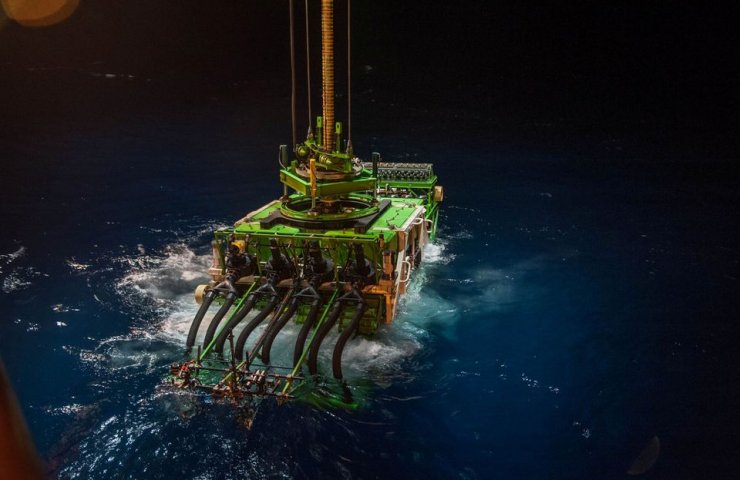A deep sea mining robot on a test mission to lift cobalt and nickel-rich rocks from the bottom of the Pacific Ocean has failed.
A machine designed to collect potato-sized nodules (mineral globules), rich in cobalt and other metals needed to produce the lithium-ion batteries that dot the seabed in the area, was connected to the ship using a 5 km cable.
Global Sea Mineral Resources (GSR), the deep sea research arm of DEME Group dredging company, has been testing a 25-ton prototype mining robot Patania II from April 20 at its concession in the Clarion Clipperton zone.
“On the last dive, the lift unit detached and the Patania II is now on the seabed,” a GSR spokesman said in an e-mail statement. "The lift node reconnect operation is starting tonight and we will provide an update in due course."
The GSR trial is overseen by independent scientists from 29 European institutions who will analyze data and samples collected by the robot.
Environmentalists say deep sea mining will threaten fragile marine ecosystems, while industry claims mining the metals needed to move to green energy will be less damaging than land mining.
“This egregious operational failure should serve as a strong warning that deep sea mining is too much of a risk,” Greenpeace marine biologist Sandra Shettner said in a statement.





